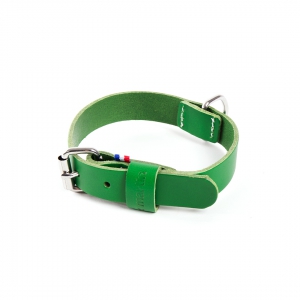
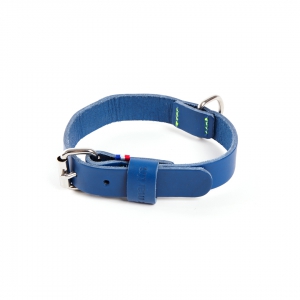
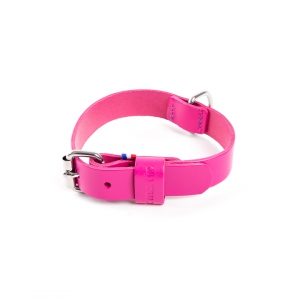
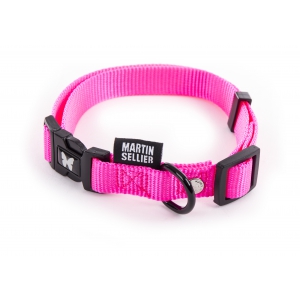
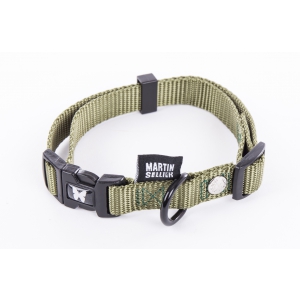
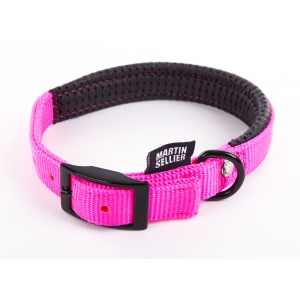

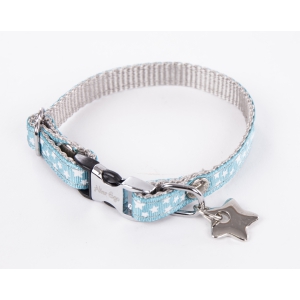
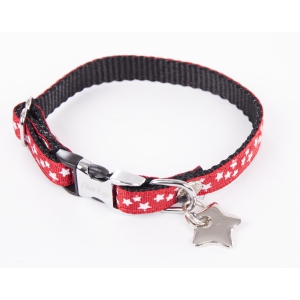
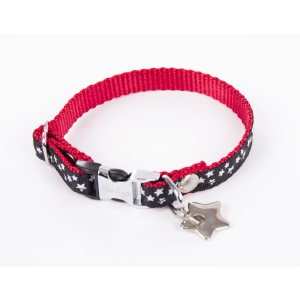
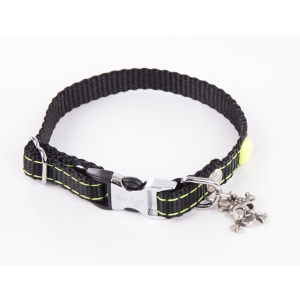
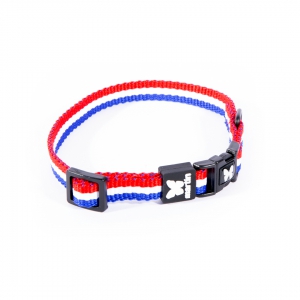
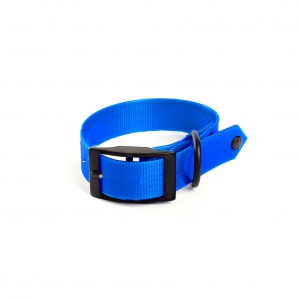
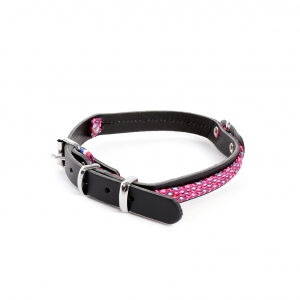
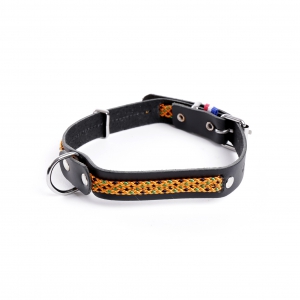
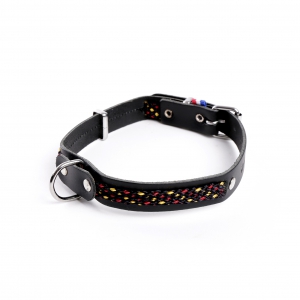
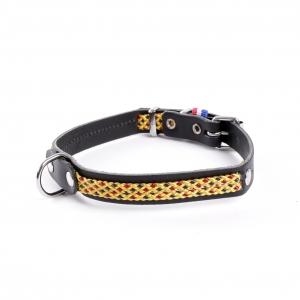
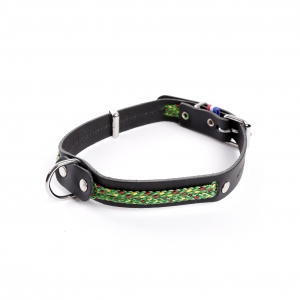
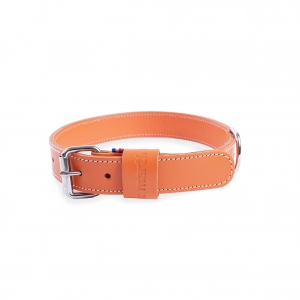
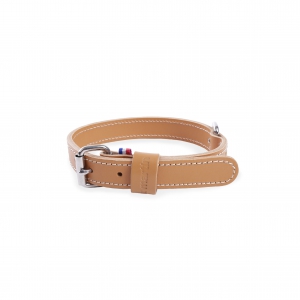
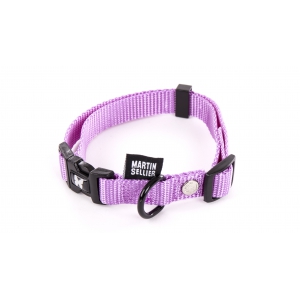
Our tips for finding the right size dog collar are essential to ensure your dog's comfort and safety. Each neck circumference deserves its collar size adjustment, as the perfect fit is crucial. For maximum accuracy, the best practice is to measure your dog's neck circumference directly.
To do this, use a flexible measuring tape or, as an alternative, a string that you will later measure with a ruler. Wrap the tape or string around your dog's neck, just at the base. Note this measurement as it will serve as a reference.
Now, to get the ideal collar size, add approximately 5 centimeters to the measurement you took. This additional margin will allow your dog to move freely while maintaining a secure fit. It is important not to fasten it too tightly as it can be uncomfortable for your dog and potentially harmful to their health.
By following these simple guidelines to determine the appropriate collar size, you will contribute to the well-being of your furry friend and their safety during walks.
In this new advice segment, we meet William, one of the co-founders of Two Tails, who delves into the distinctions between collars and harnesses. If you own a dog, you have likely found yourself in the situation of having to choose between a collar and a harness for your walks. So, the question arises: which is more suitable for your dog?
William sheds light on the matter, emphasizing that there is no universally right or wrong choice between these two items. Collars and harnesses each have their own advantages, suitable depending on how they are used and the type of dog you have.
The advantages of a dog collar are numerous. First and foremost, it is a sleeker and less bulky accessory on the animal, offering a discreet appearance and aesthetically less intrusive. This feature is particularly appreciated by owners concerned about the appearance of their four-legged companion.
Moreover, collars stand out for their long-term durability, primarily due to their adjustability. This adaptability allows the collar to grow with the dog, making it a wise choice for growing puppies. Unlike some harnesses that need to be replaced as the dog grows, a well-fitted collar can accompany the animal for many years, providing a practical and cost-effective solution for dog owners of all ages.
In this Minute Papillon advice segment, we meet William, one of the co-founders of Two Tails, who explores the distinctions between collars and harnesses. If you own a dog, you have likely found yourself in the situation of having to choose between a collar and a harness for your walks.
So, the question arises: which is more suitable for your dog?
William enlightens us by emphasizing that there is no universally right or wrong choice between these two items. Collars and harnesses each have their own advantages, suitable depending on how they are used and the type of dog you have.

To improve your browsing experience, we use cookies.
What are cookies used for?
Cookies are small files stored on your device when you visit a website. Cookies make it possible to activate essential functions of the site, to produce audience statistics and studies to improve our offers, to personalize your experience and to prevent risks. of fraud.
Is it essential?
Some cookies are essential and others are less so. But all of them contribute to making your navigation more harmonious and to your taste.
If I accept, can I still change my mind?
Yes, your choice will be applied and kept for a maximum of 13 months. You can modify your choices at any time by using the "Cookie management" link at the bottom of the page.
You can review your choices at any time by using the link “Cookie management‼/a> en footer of the site.
Click on each category to accept or refuse the use of cookies.
YOU AUTHORIZE:
- Functional (Required)
These necessary cookies help make a website usable by enabling basic functions like page navigation and access to your account. The website cannot function properly without these cookies. They cannot be disabled.